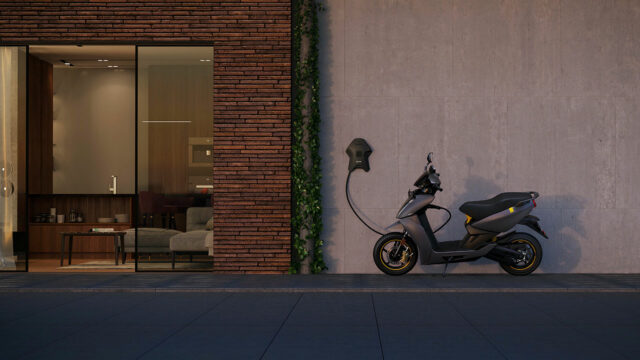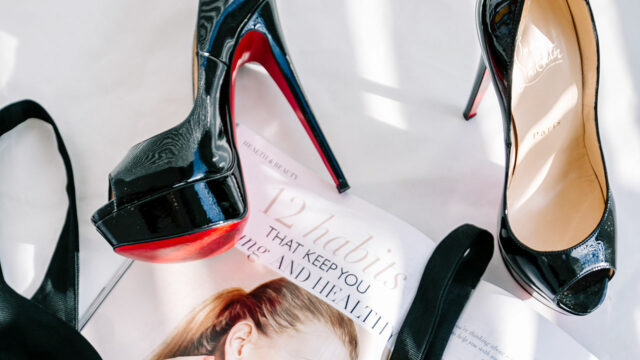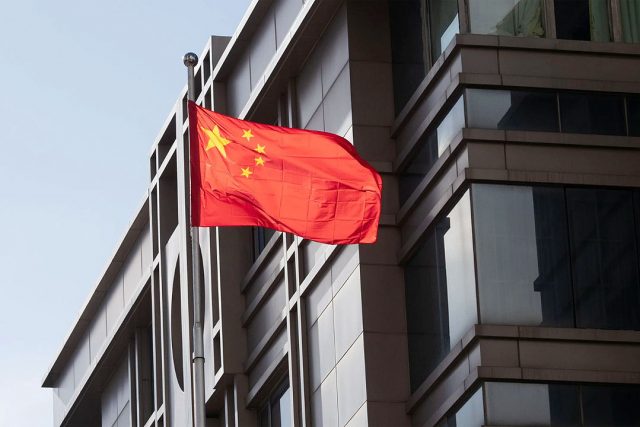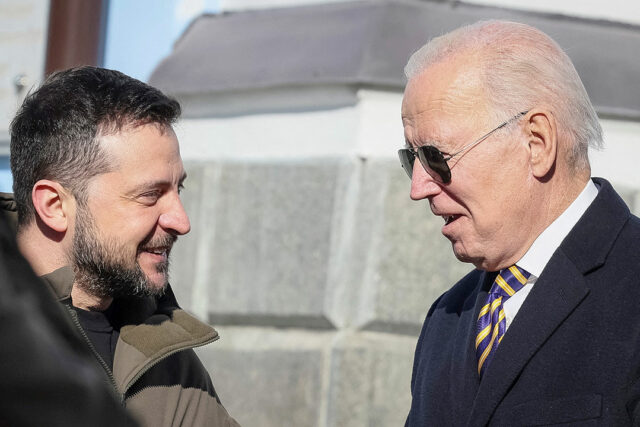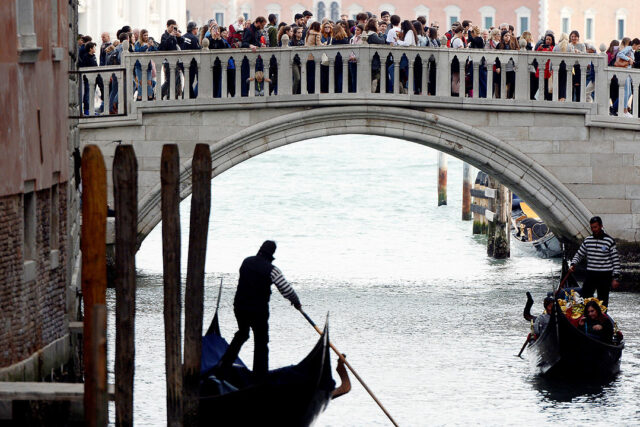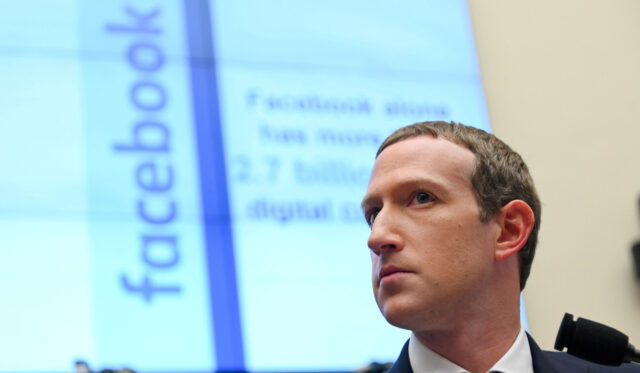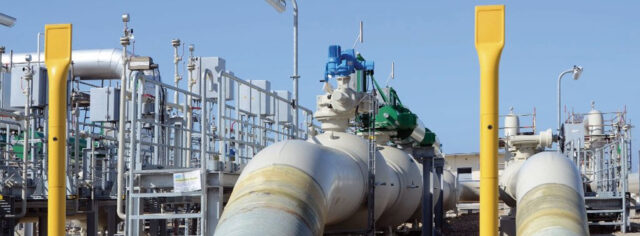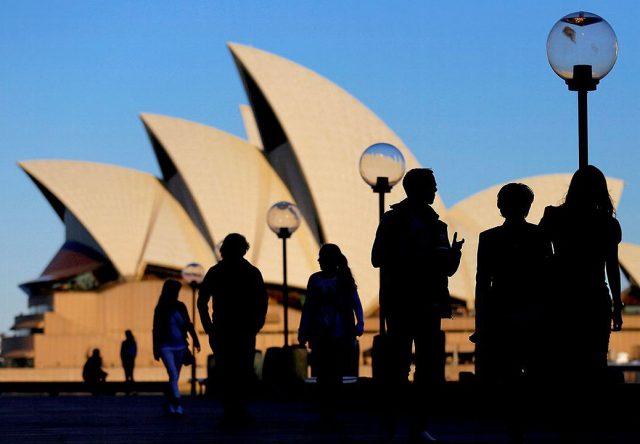Philippine strategic environment for corporate planning
(Part 2)
The Philippine Development Plan (2023 to 2028) does not stay exclusively in the realm of macroeconomics. It also has a microeconomic focus that descends to the level of individuals and families. There are statements about developing and protecting the capabilities of individuals and families. Chapter 2 of the plan lists concrete measures to promote human and social development such as improving education and lifelong learning, boosting health and establishing livable communities.
Chapter 3 talks about reducing vulnerabilities and protecting the purchasing power of people and households by ensuring food security and proper nutrition, as well as strengthening social protection. As the Philippines transitions from a low-middle income to a high-middle income economy in the next two to three years, Chapter 4 lays down concrete plans to increase employability, expand job opportunities and achieve shared labor market governance.
At the agriculture-industry-service level, the goal is to transform the production sectors to generate more quality jobs and competitive products. Chapter 5 is devoted to measures that will modernize agriculture and agribusiness. Chapter 6 is about revitalizing industries. Philippine manufacturing has been expanding noticeably as the economy recovers from the coronavirus pandemic. The S&P Global Philippines Manufacturing PMI has been showing significant gains mostly on the back of a strong domestic market. Chapter 7 touches on the largest sector of the economy, suggesting ways of reinvigorating services. Chapter 8 dwells on advancing Research and Development (R&D), technology and innovation.
It must be emphasized that the Philippines need not reinvent the wheel. For example, in improving the productivity of the entire agribusiness sector, much can be gained by partnering with investors from countries that have been most successful in this vital sector, such as Israel, Taiwan and Thailand. Much can be learned from Malaysia in large-scale corporate farming based on the nucleus estate model, which is very applicable to the coconut industry of the Philippines. We can swallow our pride and ask Vietnam how it became the second-largest coffee producer in the world after Brazil in less than a generation.
Chapter 10 addresses the key question about the role of the government in promoting competition and improving regulatory efficiency, especially in regard to the Philippine Competition Commission. The next chapter talks about how to ensure macroeconomic stability and expand inclusive and innovative finance. In this field, the private sector can have the greatest confidence in our economic managers who have been chosen from among the best and brightest, following a tradition in the past 30 years during which very competent people in various agencies had met the challenge of building stronger macroeconomic institutions and espoused more enlightened policies that are now the foundation of our resilience during periods of global crises. These macroeconomic institutions and policies will guarantee minimum economic growth of 6% for the duration of the Marcos administration.
Chapter 12 has to do with expanding and upgrading infrastructure. Let me point out here that infrastructure building should go beyond farm-to-market roads, bridges, toll roads, dams and similar elementary facilities. They should increasingly encompass world-class international airports, seaports, telecommunication facilities, data centers, railways including bullet trains especially on the island of Mindanao, subways, and similar infrastructure characteristic of a First World country like Japan, Taiwan and South Korea.
There is no way we can advance to these levels of infrastructure building without the entry of billions of dollars of foreign direct investments. Every effort must be exerted, including the proposed Maharlika Investment Fund, to attract these FDIs to supplement our very scarce supply of domestic long-term capital. I estimate that with close collaboration between the government and private sector, we can attract $15 billion to $20 billion annually in the next five years. These are the amounts that Vietnam has been getting in the past 10 years.
Chapters 13 and 14 have to do with so-called soft infrastructure, such as ensuring peace and security and enhancing administrative justice, good governance and improving bureaucratic efficiency. Higher agricultural productivity and FDI flows can spur growth of 8-10% from 6-7%, allowing us to bringing down the poverty incidence to 9% by 2028. Finally, Chapter 15 cites the importance if sustainability by accelerating climate action and strengthening disaster resilience.
In the promotion of trade and investments in goods and services, the Philippine Development Plan outlines very concrete strategic guidelines to restore, sustain and strengthen the export sector:
• Resolve key constraints to export growth and competitiveness
• Monitor and implement preventive measures and interventions for distressed companies
• Implement targeted, more granular strategies to increase exports on three fronts — the global value chain export clusters (industrial, manufacturing and transportation; technology, media and telecommunications; and health and life sciences; food and agri-marine; and labor-intensive manufacturing.
There is need to reexamine the serious restriction on foreign direct investment in media in the 1987 Constitution. It would have been a game changer if the amendment of the Public Service Act included allowing foreign investors to own 100% of media enterprises. In this era of Industrial Revolution 4.0, there is a convergence of the telecommunication, IT and media sectors. The inability of foreign investors to invest in media seriously constrains the growth of the sector, which has the greatest potential for growth among services and in which Filipino talents have a competitive advantage in the Indo-Pacific region, together with India.
Significantly diversify exports by fortifying backward and forward linkages.
Consolidating small farm units to achieve economies of scale in agriculture and diversifying into higher value products can help the Philippines replicate its success story in being a major exporter of bananas and pineapples by significantly increasing the production and export of mangoes, cacao, coffee, avocado, durian, a host of high-value coconut products such as coco sugar, water, milk, etc. and a variety of other high-value vegetables and fruits being exported in large volumes by neighboring ASEAN countries like Thailand and Vietnam.
• Advance purposive, assertive and forward-looking regional trade agreements strategies. It is imperative that the Philippine government ratify our membership in the Regional Comprehensive Economic Partnership (RCEP) to boost our trade and investment relationships with 14 other economies in the Asia-Pacific region. We would literally be like an economic leper in this region if we remain outside the RCEP.
• Position the Philippines as the foremost supplier of tradable intermediate services. Our young, growing and English-speaking population will give us a competitive advantage for a long time to come in what we have called the servicification of the global economy in which services are increasingly overshadowing manufacturing.
• Ensure integrated, whole-of-government commitment to deliver broad access to national quality infrastructure.
(To be continued.)
Bernardo M. Villegas has a Ph.D. in Economics from Harvard, is professor emeritus at the University of Asia and the Pacific, and a visiting professor at the IESE Business School in Barcelona, Spain. He was a member of the 1986 Constitutional Commission.


